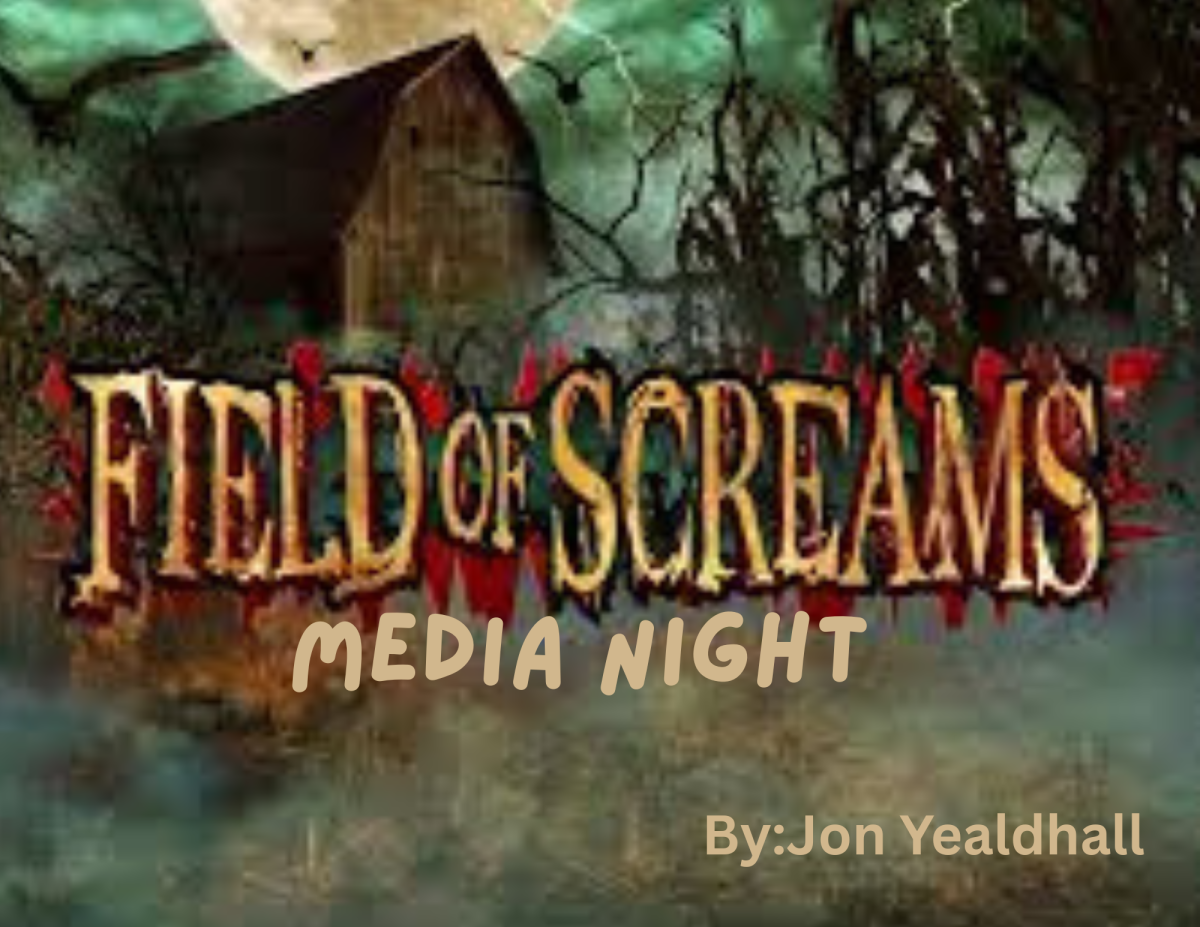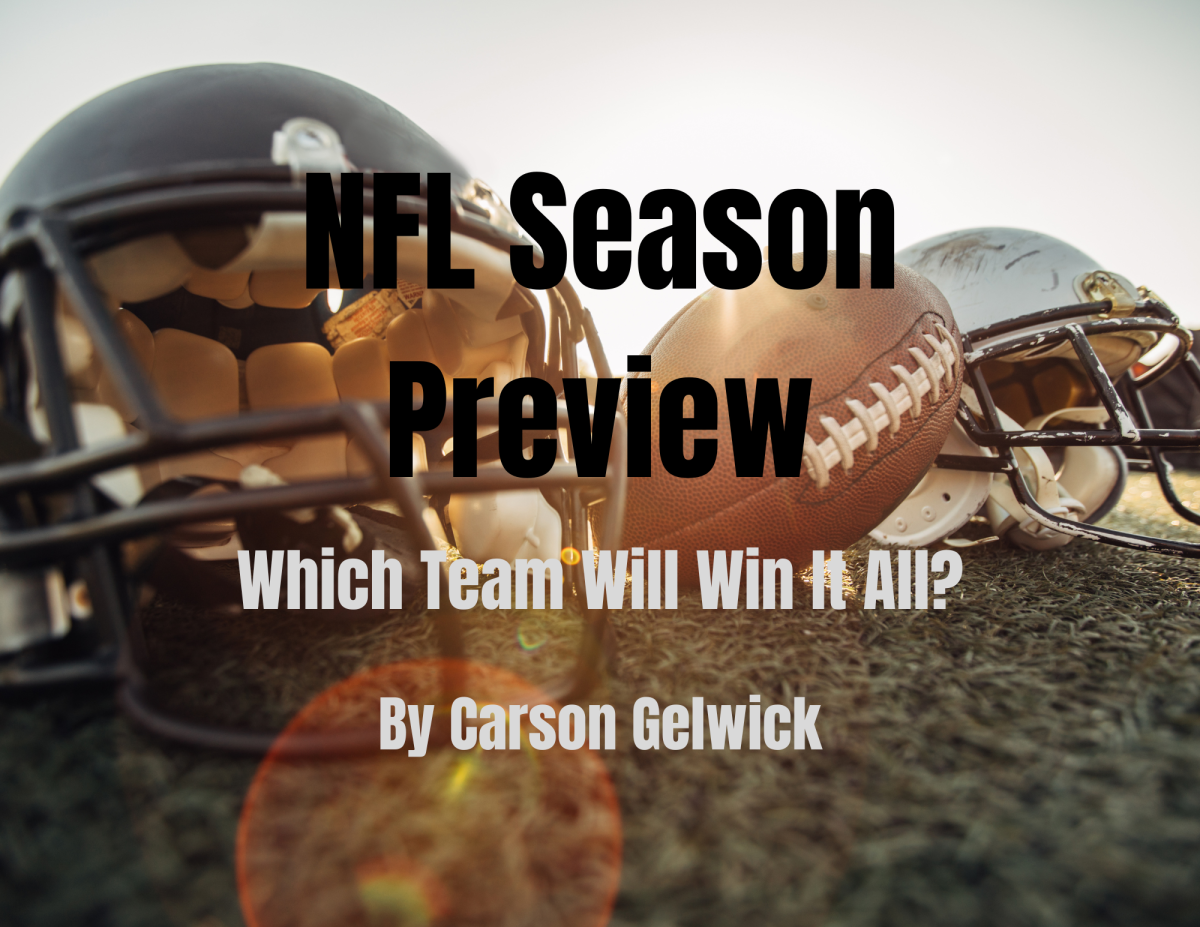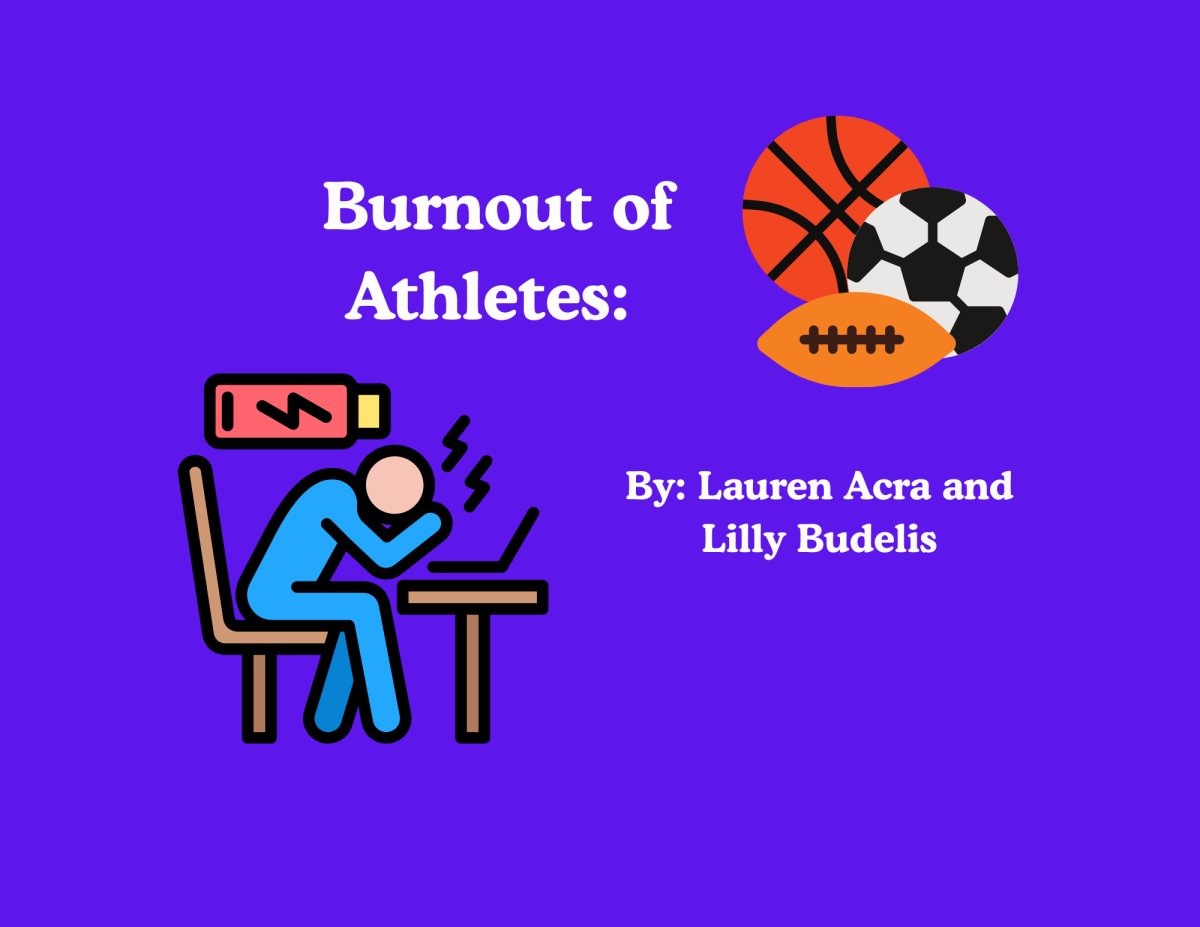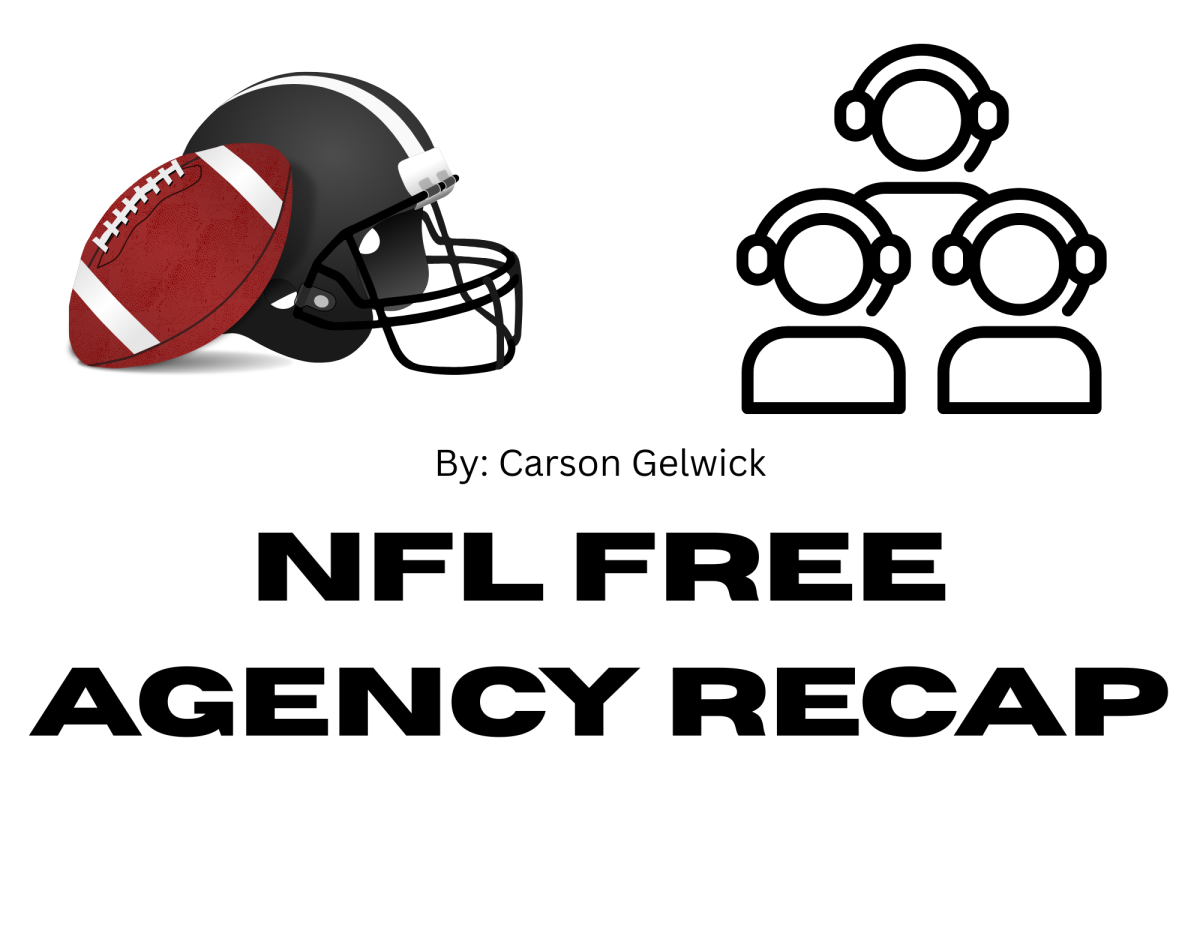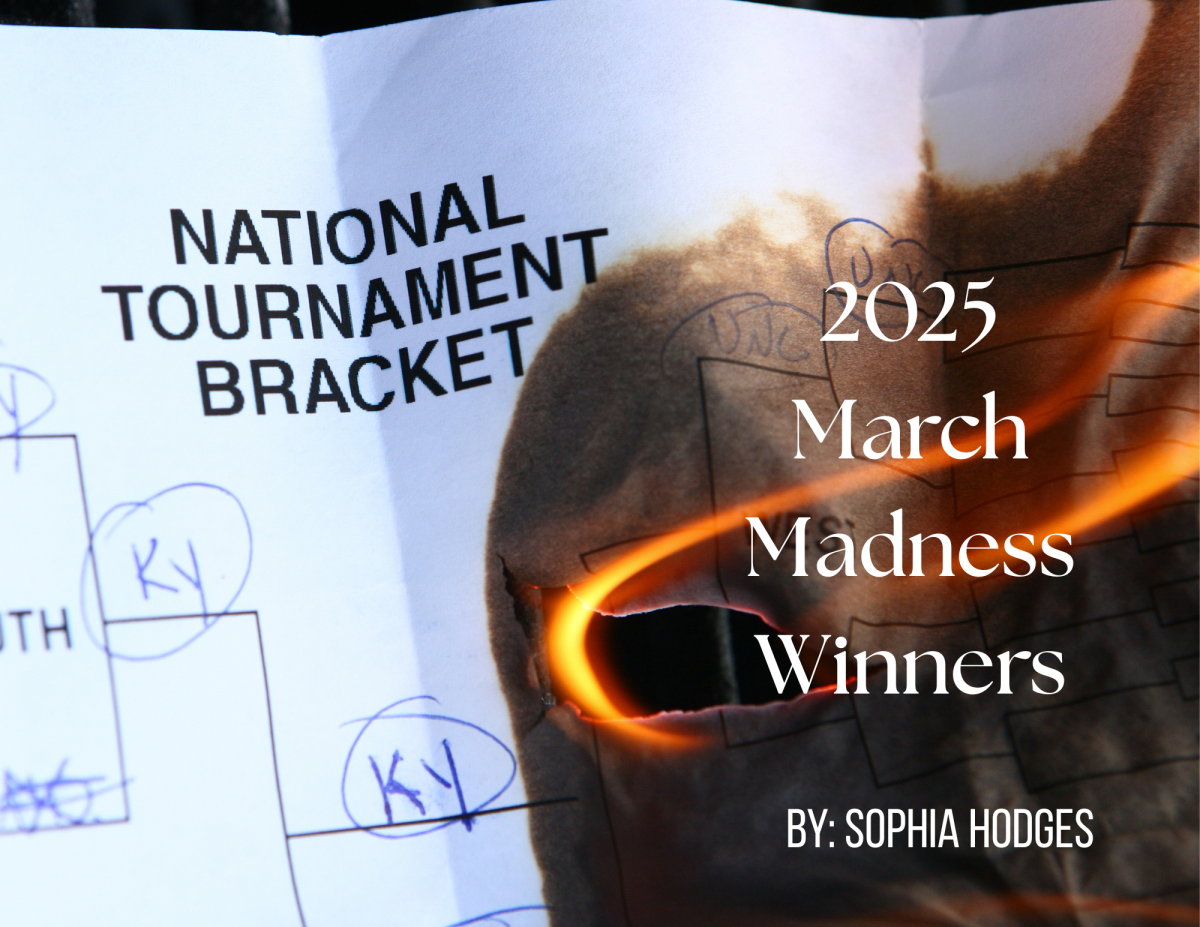In a Thursday night showdown in week 2 of the NFL season, the Miami dolphins were to host the Buffalo Bills. Both teams went 11-6 and made the playoffs in the prior year and both were heading into the game 1-0. Fans of both teams were excited for a close matchup. Much to the dismay of the Miami faithful, the Dolphins found themselves down 31-10 late in the 3rd quarter. On a 3rd and short QB Tua Tagovailoa scrambled for a first down and slid headfirst into Bills Safety Damar Hamlin. After the initial contact Tagovailoa showed a fencing posture often associated with concussion symptoms. Tua was taken away and diagnosed with a concussion and was ruled out for the game. As a dolphin fan watching the game I was distraught, not because the dolphins were facing a beating from their division rivals or even that they would be without their starting QB. Instead, I was concerned with the fact that Tua had just suffered his fourth concussion in a two-season span.
If you remember the 2022 NFL season, Tua found himself in similar headlines after suffering 3 concussions in an up and down Dolphin’s season. Questions arose around whether Tagovailoa should continue playing the sport. Despite being healthy throughout the 2023 season, this incident has raised similar questions. It’s obvious that football is a heavy contact sport that entails many injuries, but concussions seem to be the one that people focus on. While injuries like broken bones and torn muscles can heal overtime, concussions permanently affect the brain there are also clear connections between concussions, or past head trauma, and the disorder known as CTE. CTE (chronic traumatic encephalopathy) is the result of repeated trauma to the brain causing nerve cells to die much faster resulting in serious loss in brain function.
Famous cases of CTE include Aaron Hernandez who was a Tight End for the New England Patriots, who played until accused and later sentenced for the murder of Odin Lloyd. While in prison, Hernandez would commit suicide and was pronounced dead on April 19th, 2017. Another case of CTE is the current case of former Steelers Wide Receiver Antionio Brown. While we do not know whether he has CTE (CTE can only be confirmed through a post death examination of the brain) we can make an educated guess. In a 2016 game against the Cincinatti Bengals, Brown was slammed by Bengals linebacker Vontaze Burfict the hit would leave Brown on the ground until he was escorted to the team locker room. After that moment, it seemed that Brown’s behavior took a shift, becoming a diva with no care for the team and showing signs of manic episodes, causing him to bounce around the league and eventually retiring mid game as a Buccaneer when he threw his jersey off and ran into the locker room.
It has also been found that many players who never suffered confirmed concussions still showed signs of CTE, especially offensive and defensive linemen who face contact with every play. So, this begs the question, what is the NFL doing about it? Starting this season the NFL allowed players to wear guardian caps on their helmets. A guardian cap is like an extension of the helmet working as a soft second cap for players. And it seems like the NFL is working with safety engineers and other people to develop better helmets for players.
Overall, the conversation still stays active on what the NFL should do about concussions and how this issue can be permanently resolved.

